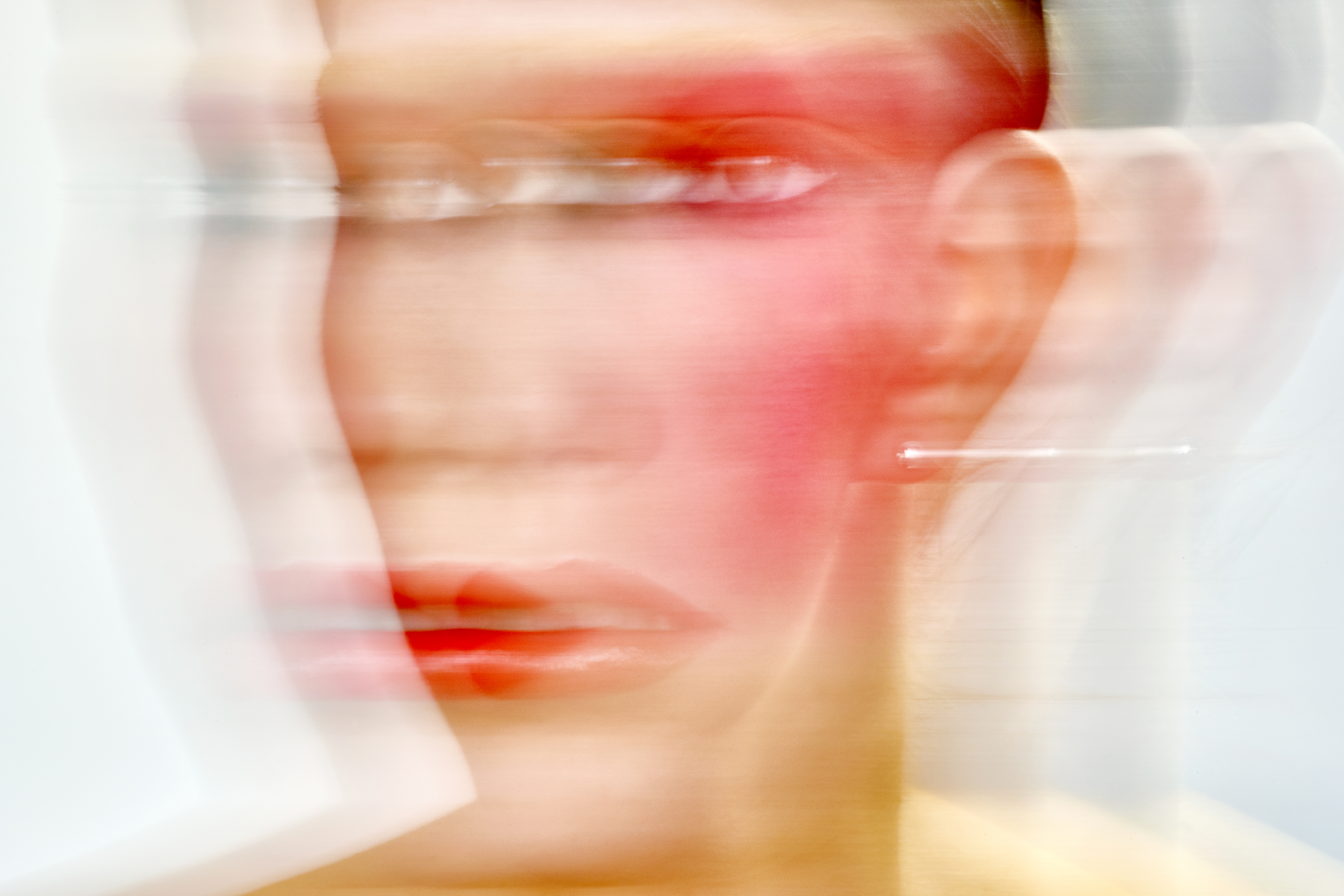How Gen Z split the Left.
What I Saw at Drag Queen Story Hour

We have reached levels of cringe previously thought impossible.
You may not know that Drag Queen Story Hour (more accurately known as Drag Story Hour) is an actual national 501(c)(3) non-profit, with chapters across the United States and Europe. Local DSHs are mostly performed in public libraries, community centers, or in community theatres. If you live in a large city, it’s likely a Drag Queen Story Hour is something you can attend monthly.
I don’t usually live by the idiom, “don’t knock it till you’ve tried it,” especially when it comes to watching grown men in women’s lingerie pirouetting to “ABC” by the Jackson 5. I was pretty sure I didn’t need firsthand experience to know how I felt about that. But I am curious to know how reality measures up to internet narratives. The phrase “Drag Queen Story Hour” has an almost totemic power online, conjuring powerful images even among those who have never attended one, which is most of us. Those on the Left speak of it like a sacrament, a human right, a necessity. On the Right, it’s a byword for depravity. It can be hard to tell if the wild extremes you see clipped on social media are representative of your average “run-of-the-mill” Drag Queen Story Hour, if there can be such a thing. So I decided to investigate for myself. My town stages these things regularly. And reader, I went to one so that you don’t have to.
It was quite easy to locate my city’s chapter, and I signed up to attend one on a Saturday morning at 11:30 a.m. I asked my wife if she wanted to get a sitter so she could experience the theatrics with me. She vehemently declined. I went solo. In truth I had been hoping she’d come so that I wasn’t just a random 30-year-old man alone at the show—though I was at least relieved to discover that I was in fact the only 30-year-old-man there by himself.
I parked a few blocks away from the theatre. What looked from afar like a few figures scattered around the front door turned out to be an epic protest battle. Two parallel factions were formed. The one faction, some dressed in Halloween Templar costumes or military fatigues, tightly grasped signs or megaphones. They screamed, “Jesus loves you, but your parents are going to Hell!” On the other side were advocates and allies equipped with rainbow umbrellas, spinning them tauntingly. The police were in the middle of all of this, acting almost as a military demarcation line, making sure an actual battle didn’t materialize.
Entering the building, I was immediately met by the theatre’s director. He took a keen interest in me, vetting me before I was allowed entrance. He did politely explain to me that he was suspicious about a “masculine-presenting” adult man attending the event alone. I explained that I pose no threat and that I was just gathering information to take back to my wife, so that we could make an informed decision if we would let our boys attend such an event (not altogether untrue, though technically the decision had already been made). Still, I was encouraged to find that my local theatre had this healthy suspicion, not easily allowing entrance to unaccompanied men. I wondered whether this represented some subterranean or even explicit tension between the mission of the event—deriving as it did from a national organization in the name of a hotly disputed ideology—and the local leadership of the theatre co-opted as host. Perhaps local collaborators don’t have the same evangelistic zeal as national ringleaders.
There were roughly 15-20 families in attendance, 98 percent of which were white. It also appeared that more than half the families were older parents, probably having had their first child when they were 35-38. But I was astonished by the age demographics of the children themselves. The oldest child in attendance had to be four or five. Most of the kids were anywhere from infants to toddlers. The stage was decorated rather unthreateningly like a cozy living room. The atmosphere in the theatre was reverent, almost church-like. Amid the whines and cries of evident disinterest from the cranky toddlers, I heard lots of “shhhhhs” and “okay now, pay attentions.” These parents were eagerly trying to convince their children that what was about to happen would be very special and very important.
In total, three drag queens read stories. The emcee, already a tall man, grew into a giant when he put on six-inch heels and strutted across the stage in a bedizened outfit consisting of a short and hideously ugly purple feathered dress, a green wig, and flesh-colored stockings. He was welcomed to an uproar of cheers from the parents. The kids looked confused as their parents took hold of their wrists to make them clap along. At one point, when reading a book that introduced the various different colors, a queen asked, “Now who likes the color black?” In a sudden uproar, the parents began to woot and shout: “We do!!” I got the impression that the queens were not the only performers at the theatre.
I recently read an article in Reader’s Digest about what “really” happens at Drag Queen Story Hours, as explained by drag queen Veranda L’Ni to reporter Elizabeth Yuko. “Despite what you might have heard or read,” said Veranda, “absolutely nothing about our program is adult themed.” Having experienced one myself, I can now comfortably and objectively state that this is flatly untrue. All three queens were hyper-sexually dressed, although to varying degrees. The mildest was the tall drag queen, whose outfit I described above. The most extreme and offensive outfit was worn by a queen who flaunted a double-slitted, tight pink dress that displayed a generous amount of thigh—so much so that when he sat down, all were able to see not only the totality of his thigh, but also his butt cheek. His bodice was translucent, so we could see his fake breasts bouncing around, as well. Somewhere in the middle was the portly queen, who sported a tight bedazzled jumpsuit that hugged his BBL (Brazilian Butt Lift—one to make any woman jealous).
Veranda also told Yuko that “the kids are either really shy or super happy.” In this case, at least, they were exclusively the former. The discomfort of the children in the audience was evident as the stories began. Each queen had a turn to read, followed by a sing-along. It’s true that there was nothing inherently sinister about the stories themselves. They were moderately lib-coded (“be yourself!”), but I would be a liar if I reported that they were aggressively pro-LGBTQ+ morality tales. Regardless, the kids were obviously not interested. While the queens read, the children grew restless: I heard many a “baby, pay attention!” For many of them, it was nap time. Kids who nodded off were roused with parental taps on the shoulder, guiding their attention back to center stage. I can say from experience that there are not many things parents will sacrifice a child’s nap for. The behavior reminded me of how my wife and I will try to guide my son’s attention to the center of the altar during Mass.
But the other thing that struck me was how badly the queens told their stories. Probably to be expected from 30-something year old men, probably childless, reading aloud? There were many stops and stutters. At one point one of the queens paused and said, “I should have brought my glasses!” when he clearly didn’t know how to pronounce a word. I got the sense that the kids, like me, found the whole thing less extravagant or disgusting than simply drab and weird. I noticed a four-year-old raise his eyebrows in perfectly innocent shock when he first saw the drag queens step out onto the stage.
The strangest part of this very strange afternoon were the sing-alongs. After reading, each performer lip-synced and performed a choreographed dance. The queens eagerly suggested that the children (boys, girls, and “non-binary pals,” as one queen called them) stand up to join in. In keeping with the tenor of the whole event, parents nudged their children to stand up and watch the dance number. The parents got up too, clapping and dancing. Some dads in the crowd even whistled in a sort of imitation cat call. Throughout, the perplexity and disinterest of the children was palpable.
Kids below a certain age exhibit this pure and beautiful honesty. You know what they are thinking immediately either by facial expression or because they bluntly tell you. Before the imposition of political theory, which events like these are designed in part to effect, children have a natural and straightforward grasp of the dull, the ugly, and the threadbare. The kids at this event could plainly see that it was all three.
Readers of The American Mind are aware of the problems and dangers associated with these events. But in all the sensational coverage, perhaps we have failed to grasp just how thoroughly silly and bland most of these events are. There may be an extent to which we afford Story Hour too much mystique and cachet by speaking of it in hushed tones of disgust and horror. These emotions, after all, are almost the mirror images of the reverence and urgency with which the true believer parents regard the whole affair. These events are in some deep sense grotesque and perverse, to be sure. But they are also dreary rituals of forced cheer, which characterizes much of the alphabet brigade’s mission in practice on the ground, as opposed to the high-energy charisma and enthusiasm of its more glamorous public face.
Not for nothing did C.S. Lewis represent demons as petty bureaucratic functionaries. Back in 1980, Midge Decter observed that the gay rights movement became more plodding and obligatory as it became more extreme and radical: “no gathering of homosexuals I had ever seen had been so without dash and high taste,” she wrote of one raucous protest. Story Hour is neither chic nor fun: it’s as bland and coercive as the most uncharitable atheists think religious rituals are. The kids can tell that the whole thing is cringe, which is a sign of hope: those of us who hope to steer kids away from this creepy death cult will be aided by young people’s natural revulsion at all things lame and ridiculous, which can puncture the pretensions of the rainbow Leviathan like a motley balloon. The devil, that proud sprite, cannot bear to be mocked.
The American Mind presents a range of perspectives. Views are writers’ own and do not necessarily represent those of The Claremont Institute.
The American Mind is a publication of the Claremont Institute, a non-profit 501(c)(3) organization, dedicated to restoring the principles of the American Founding to their rightful, preeminent authority in our national life. Interested in supporting our work? Gifts to the Claremont Institute are tax-deductible.
Crisis fills the void left by meaning.
A generation that wanted for nothing grows up to hate everything.
Angry young extremists are not going away or calming down. They are growing up.




